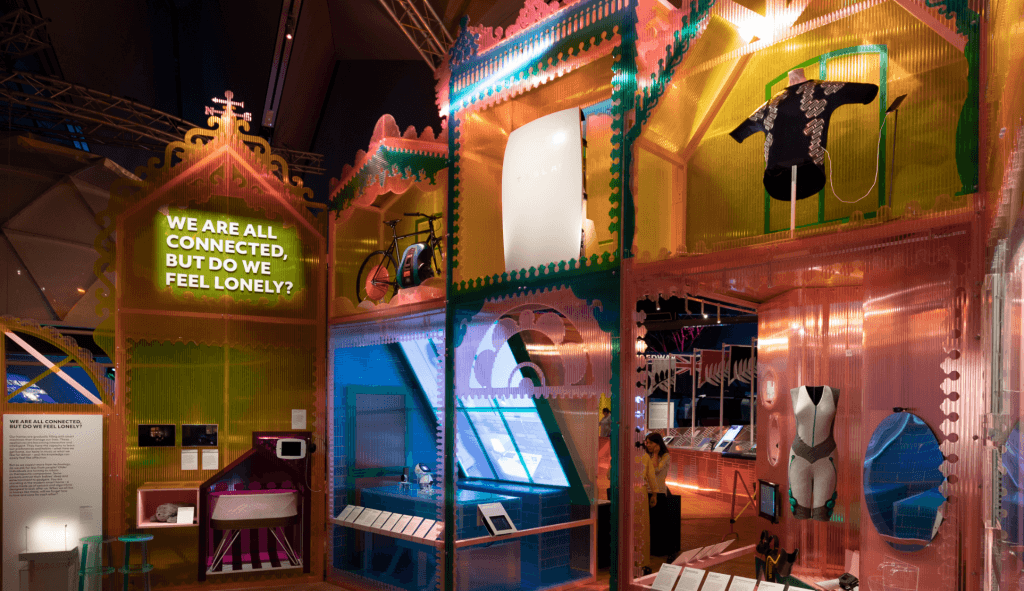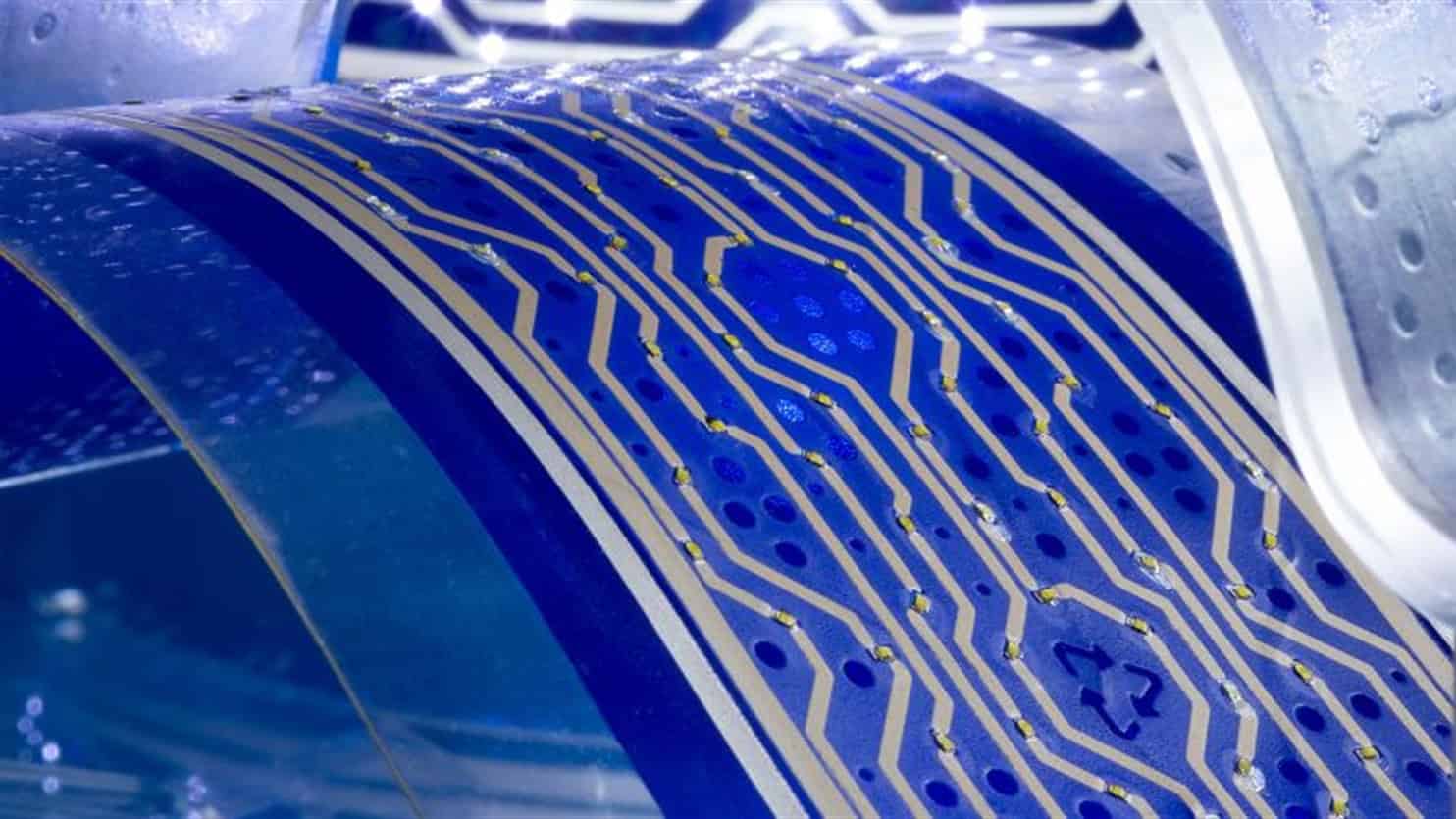
The Future Starts Here
The Solar Shirt, developed by Pauline van Dongen in collaboration with Holst Centre in 2015, has entered the Victoria and Albert Museum in London. ‘The Future Starts Here’ exhibition looks at new technologies and innovations that will shape the future. The exhibition, which runs until 4 November, covers four themes: Home, Public, Planetary, Afterlife.
“The inclusion of the Solar Shirt in the exhibition shows the importance of wearables in contributing to our society and their relevance in shaping our future relationship with fashion”, says Pauline van Dongen. “And as the V&A is the world’s leading museum for art and design, it also underlines how important it is that a product also looks good. By combining technical and creative design expertise, my work with Holst Centre focuses on creating smart fashion that aims to transcend mere gadgets.”
Holst Centre has seen how this design-driven and human-centered approach resonates with its customers. Following the design of the Solar Shirt, the organisation has received a large number of requests from companies in the textile and apparel industry. In response to this growing demand, Pauline van Dongen recently joined Holst Centre, providing her creative vision and enabling a liaison with the textile industry on the challenges of integrating technology into fabrics.
Technologies such as biometric sensors or solar cells do not simply gather data or generate energy. Once integrated with clothing, they also have the capability to transform other aspects of the wearer’s experience or their actions. One of the additional benefits of the Solar Shirt, for example, is that it makes the wearer more aware of their environment. Pauline van Dongen explains: “When wearing the shirt, I would cross the street to be walking in the sun. And if I was inside and the sun was out, I would consider going out for a walk to charge up my phone.”
While the solar shirt shows how technology can be integrated into clothing, there are still challenges to be overcome. For example, how do you wash an item with integrated electronics? Holst Centre is continuing to investigate these issues and has recently achieved great success with washable devices. Other research focuses on developing stretchable electronics solutions that better conform to the wearer’s body, providing an optimal connection for sensors while also being more comfortable to wear and having a more attractive look.
Today, many wearables focus on personal health and well-being by obtaining and visualizing quantified biological data. But beyond the usefulness of these products, part of their functionality resides in their ability to fit with people’s lifestyle and everyday practices. Looking good can also make you feel good about yourself, so when designing these products, the material qualities and the emotional values that they evoke are just as important as their data collection functions.
Source: Holst Centre





